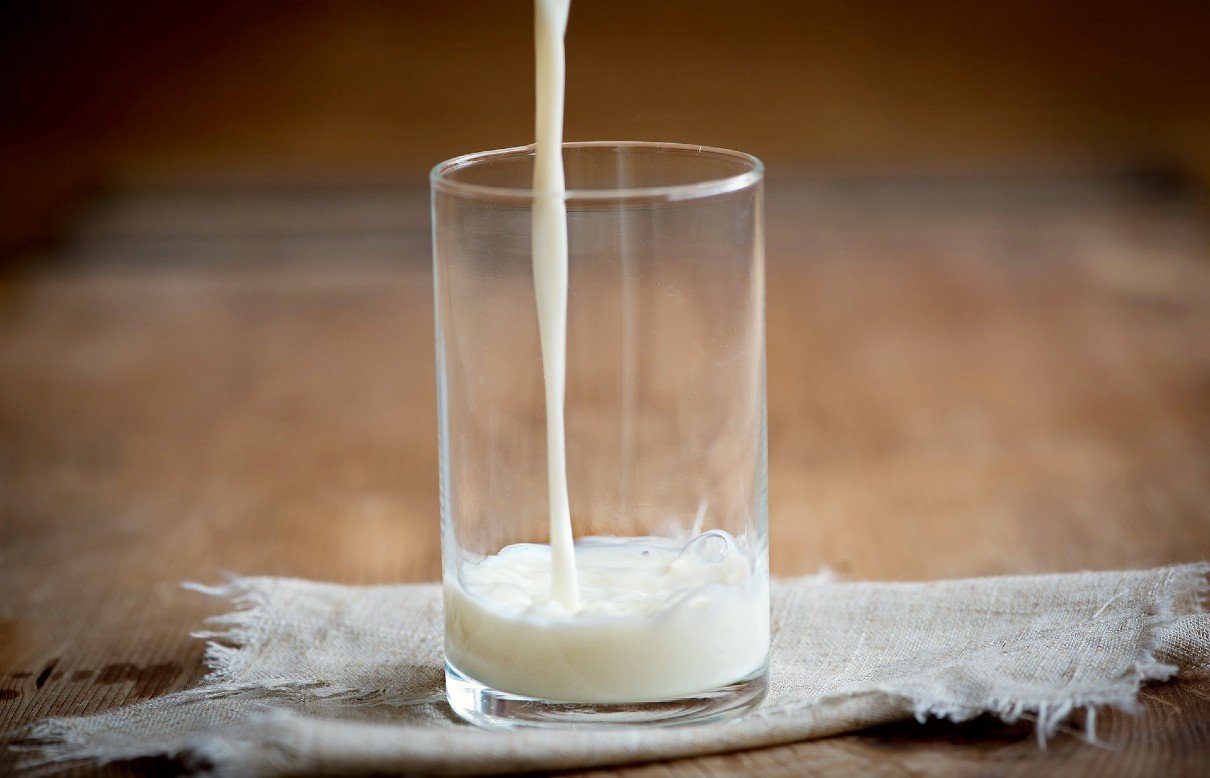Which Plant-Based Milk Is the Most Sustainable?

As more and more people become health-conscious, veganism has become quite popular. It’s therefore not surprising that plant-based milk has become such a rage, with so many types out there.
But with this variety comes one major problem – making a decision is now more difficult than ever, especially if you’re into sustainability.
Don’t worry though, we have some good news for you – we have decided to tackle this topic in today’s post.
We will take a deep dive into the several plant-based milk options available and their sustainability. So here we go!
Types of plant-based milk
The 6 major types of plant-based milk include:
Soy milk
Soy milk is the original dairy alternative. Not only is its nutritional profile similar to that of cow’s milk but it also tastes quite similar.
To make this product, soybeans are usually pressed and their insoluble fiber is removed before they are blended with vitamins and other fortifications. But while this process produces a great milk alternative, its popularity has dwindled over the years.
This is because studies have proven that soy has relatively high concentrations of hormones that are similar to those present in the human body. However, recent studies show that despite this, soy is safe, leading to a pickup in soy milk.
On the flip side though, soy milk poses a couple of sustainability issues. For one, soy takes a lot of land to cultivate, contributing to the destruction of some forests.
Secondly, cultivating it requires the use of phosphorus fertilizers that are known to create dead zones.
But on a positive note, these legumes do add nitrogen to the soil and use way less water than almonds. And they produce fewer emissions than dairy and almond products.
Almond milk
This popular plant-based milk originates from almonds. To turn these nuts into milk, they are usually ground, mixed with water, and filtered out. But while the result is usually a solid dairy alternative, the whole production process can have negative repercussions for the environment.
First of all, almond trees require a lot of water. And while this is bad enough on its own, it is made worse by the fact that these trees are mostly grown in California, a state that is already struggling with drought issues.
Since this state produces 80% of the world’s almonds and the actual production value keeps going up every year, environmentalists are quite concerned.
The high demand for almonds has also placed a lot of pressure on US beekeepers since more bees are needed for pollination. This has led to the death of billions of bees.
Ultimately, the only environmental advantage of producing almond milk is that it neither requires a lot of land nor produces high levels of greenhouse emissions.
Oat milk
If there is one product that is giving almond milk a run for its money, it has to be oat milk.
It is even more nutritious than almond milk.
There is one major concern though – oats products usually contain a harmful chemical called glyphosate that originates from the Roundup pesticide farmers use before harvest. However, some major oat milk companies like Oatly only use oats that were organically grown without the use of this pesticide.
So as long as you’re careful about where you get your milk from, you should be fine.
Rice milk
It can even be fortified to add vitamins and minerals. And when it comes to land use, rice is quite economical – it requires less than dairy, soy, oats, and almonds.
But this is where this milk’s eco-friendliness ends.
For one, rice milk production consumes a lot of water – 54 liters per glass of milk produced. This makes it third to dairy and almonds only.
Also, it has a large carbon footprint – the bacteria in rice paddies produce a lot of methane, contributing to 2.5% of all human-centered greenhouse gas emissions.
And to make matters worse, rice requires large amounts of fertilizer that end up polluting waterways.
Coconut milk
Like rice milk, this plant-based milk has a rich creamy flavor and can be fortified to contain a variety of vitamins and minerals. Moreover, it requires little water.
However, the growing demand for coconuts has led to the destruction of forests and the exploitation of workers. So to ensure you don’t support cruel and unsustainable practices, always ensure you get Fair Trade certified coconut milk.
Pea milk
This plant-based milk is quite similar to soy milk. It adds nitrogen to the soil and is usually made from split yellow peas.
To create this milk, companies like Ripple source peas from Canada and the US and mill them into flour before adding water to them. They also usually add vitamins, sunflower oil, and some other fortifying ingredients.
Apart from the fact that peas don’t need nitrogen-based fertilizers, they also don’t require a lot of water. Additionally, their greenhouse gas emissions are comparable to those produced by soy, which is less than half of those of dairy.
And while peas are not genetically modified to resist herbicides, they still require little pesticide use.
But while pea milk is nutritious, it is quite difficult to find and has a grassy taste that takes a while to get used to.
The less dairy the better
Ultimately, oat milk is the most sustainable readily available plant-based milk out there. But even if you are currently drinking any of the other options, don’t be too hard on yourself – at least you are not going with dairy.
The less dairy you consume, the better!

